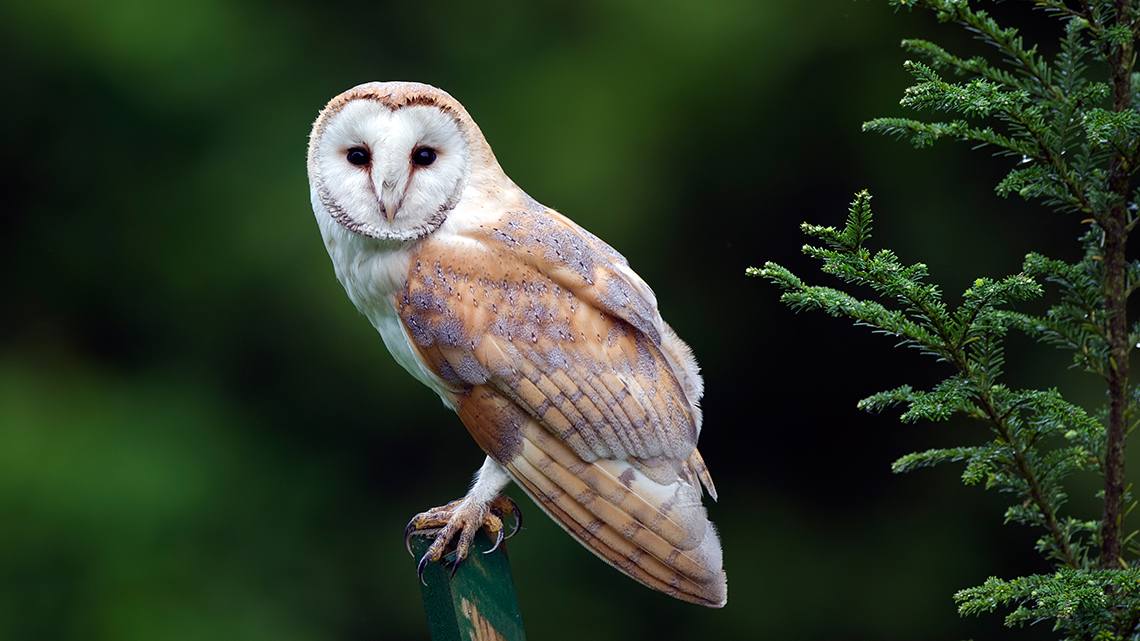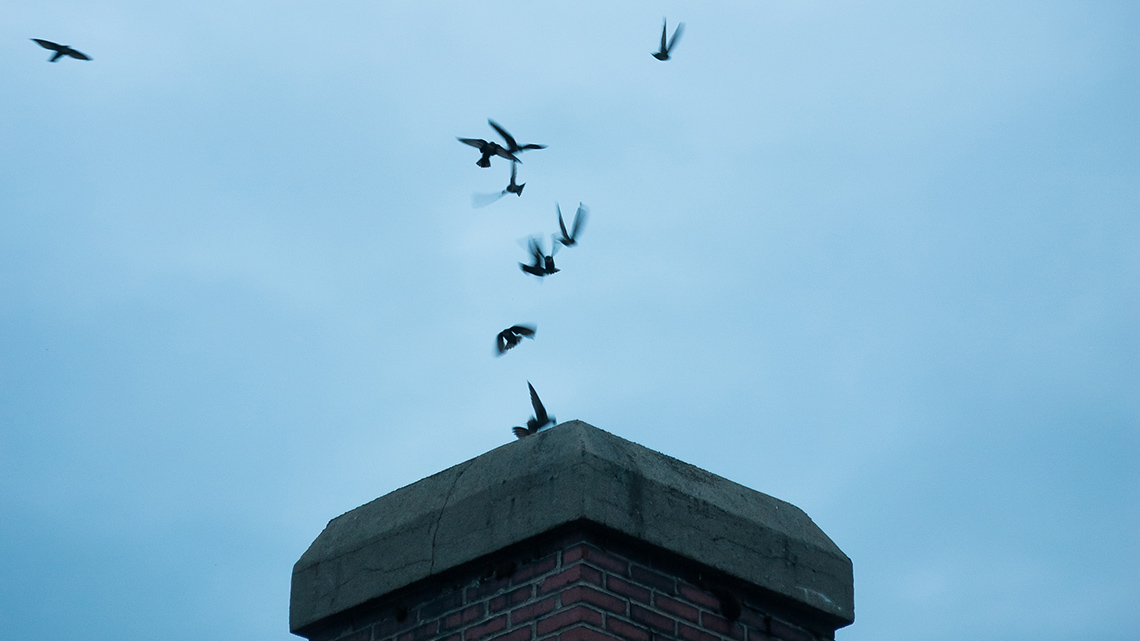Minds On
The risk of extinction
There are many bird species at risk of extinction in Ontario. Explore the following images to learn more about a few of them and why they are considered endangered, threatened, or of special concern. Before you begin, explore definitions of these terms.
Press ‘Definitions’ to access the meaning of key terms.
According to a glossary of terms published by the Government of Canada (2014):
- Endangered means a species that very close to no longer existing in the wild in Canada (but does exist somewhere else in the world), or extinct globally.
- Threatened means a species that is likely to become endangered if actions are not taken to help its survival.
- Of special concern means a species that could become threatened or endangered because different characteristics and identified threats.
Explore the following questions. Record your thinking in your notebook or using another method of your choice.
- Do you know any other species in Ontario, in Canada or around the world, that are considered endangered, threatened or of special concern?
- Do you know what the causes for their species status is?
- Why is the loss of different bird species such a global concern?
- What impact does the loss of a species have on the bigger picture of life on our planet?
Action
Global connection
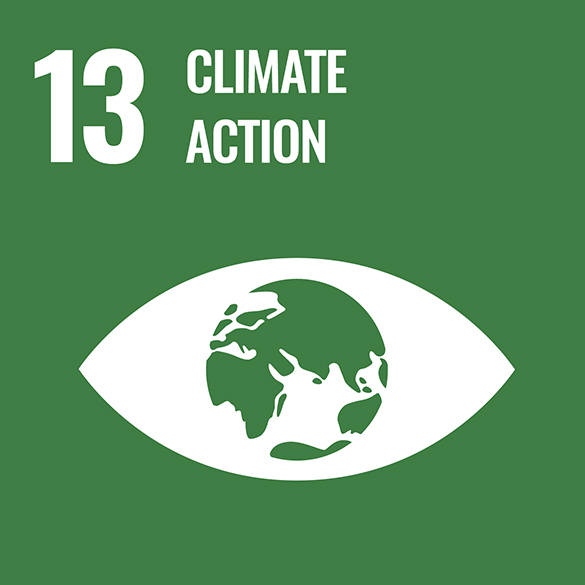
The United Nations (UN) is a group of many countries from around the world that have come together to create a better future for people and the environment. They have created 17 goals called the Sustainable Development Goals.
This learning activity is connected to Goal #13: Climate Action. This means everyone should help reduce climate change and its impact. Storms, disasters, and lack of food and water are made worse by climate change.
The impact of climate change on bird biodiversity
Birds are some of the most biodiverse animals on our planet. In 2021, a study that used global data from worldwide citizen scientists, estimated that there are over 9700 different bird species on Earth (Dunham, 2021).
Before continuing, let’s review a couple of terms and what they mean to help us better understand what we’re learning about.
The term biodiversity can be broken down to better understand it’s meaning. The prefix ‘bio’ refers to living things and ‘diversity’, in this instance, means variety or many differences. When we put the two terms together, biodiversity refers to the many different forms of life on our planet, the varied and unique habitats and ecosystems, and how it is all connected, either directly or indirectly.
A citizen scientist is someone from the general public (people like you and those around you), who participate and contribute to research to increase scientific knowledge about a certain topic and how it applies to their local environment. For example, people might collect data over a long period of time about birds or weather patterns and share this information with scientists and researchers.
Let’s learn a little bit more about birds and the impact that climate change is having on their survival and biodiversity.
Explore this Climate Watch Shorts episode entitled “The Birder’s View” to learn more about the threat to bird biodiversity due to climate change from the point of view of bird watchers.
Brainstorm
Brainstorm
How is biodiversity in bird species negatively impacted by climate change?
Make a list of the different ways climate change might be affecting birds in Ontario. Record your ideas in your notebook or using a method of your choice.
With hotter temperatures being recorded on our planet, our seasons are shifting, our weather patterns are changing, and more health risks are on the rise for all organisms.
Press the following tabs to access some of the impacts of climate change on bird species more closely.
Birds are migrating earlier in the spring and later in the fall. This means longer times spent in one location and could eventually lead to food scarcity and plant pollination changes and disruptions on both ends of their migration. Fewer food sources jeopardize the survival of birds.
A bird’s life cycle is directly connected to environmental and seasonal cues such as mating in the spring when there are more food sources available, such as worms in moist soils, to feed new young. But the change in the birds’ life cycle doesn’t necessarily coincide with their food source changing its life cycle, so there could be more competition to access food and many young birds may not survive.
Our changing climate is causing parasites, viruses and even invasive species to thrive in the warmer than usual temperatures. These are posing more health risks to bird species and causing sickness, death and inability to breed new generations of the population. Avian flu and an increase in ticks are just two examples of these types of increased health risks impacting birds’ survival.
With more severe storms, increased drought and forest fires resulting from climate change, bird habitats are changing and often being destroyed. Food and materials that birds use for nests are becoming harder and harder to find, if they can find it at all.
What are the some of the impacts of losing bird species? Consider the following information and record your thinking using a method of your choice.
- Birds are important pollinators and seed dispersers. Without them what would happen to habitats?
- Birds play an important role in the web of life, eating different insects and other animals and organisms. They are also a food source for larger predators. What would happen with these other organisms and the habitat they live in if birds were no longer there?
Check your understanding!
For each of the following statements, select whether they are true or false then press ‘Check Answer’ to see how you did.
Helping the birds
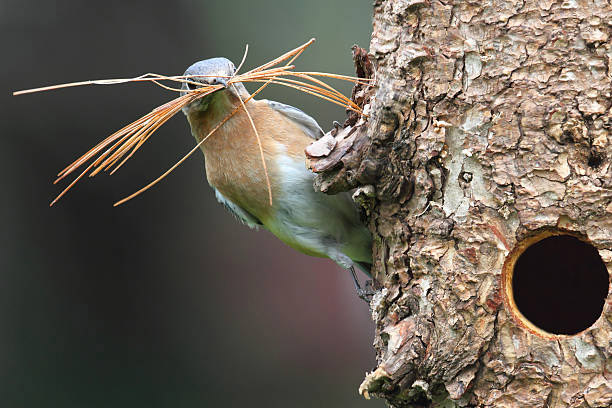
Bird gathering nesting materials.
As a result of climate change, food sources and materials necessary for creating nests may no longer be available to different bird species. Without food for strength and shelter to live and raise their young, birds are more susceptible to health problems and are also more vulnerable to predators. This also prevents them from raising new generations of their species to ensure their long-term survival.
One of the actions you could take to help support bird species is to provide them with alternate food and nesting sources by creating your own bird feeding or nesting habitat that mimics their natural conditions in the wild.
Before you begin planning, check out this video to learn about the steps of the Engineering Design Process.
Before you begin planning and designing your bird feeding or nesting habitat, consider doing some research on the types of birds in the area where you plan to locate your feeding or nesting habitat. Consider some of the following points as you conduct your research:
- What kinds of foods do your birds naturally eat? How could you mimic their natural sources of these foods in your design?
- What are some of the common natural materials or characteristics of the nests that they build in the wild? How can you mimic their natural nesting habitats in your design?
- What other animals might try to eat the birds’ food and how can you potentially prevent this from happening?
- What natural predators might your bird species need protecting from and could your design provide them with safety against some predators?
- What other threats might the birds face that might need to be considered in your design? (i.e. weather, invasive species, etc.)
- Consider where you will be placing your feeding or nesting habitat. Where does your species of bird normally build their nests? How do they use their environment around them to their advantage?
Did You Know?
Turbine trouble
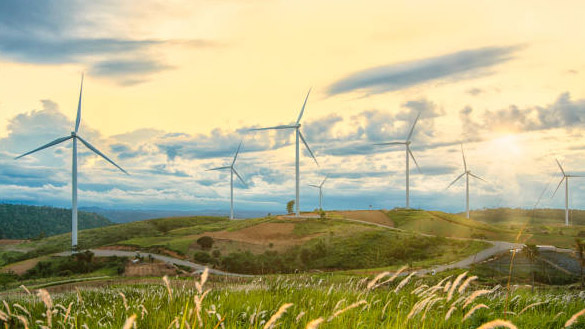
An open field with many tall wind turbines spinning. Wind turbines include a large base post with three rotating blades coming out the top parallel to the base post.
Did you know that sometimes inventions with the best intentions at solving problems, can have negative impacts on other parts of life?
An example of this is wind turbines. Wind turbines are a form of renewable energy designed with the intention to reduce climate change by producing electricity in an environmentally friendly way. But did you know that a negative side-effect of wind turbines is that kill a lot of wild birds and bats putting more strain on the loss of these species?
Creative solutions are being explored to solve this side effect though!
Explore the following video to learn about a study in Norway that is investigating a possible low-tech and low-cost solution that could help the birds.
When designing new innovations, we always need to think about the bigger picture and consider any possible side-effects that might impact other systems or species that will come in contact with our design. There’s actually a term for this, it’s called systems thinking!
How might your bird feeding/nesting habitat impact other organisms in the environment that you would install it in? What steps can you take in your planning and design process to try and avoid any negative side effects?
Consolidation
Sharing your learning

Now that you have completed your design, you are ready to present it and the information that you learned in the process. If possible, present to a partner or record your presentation to potentially share with others at a later time.
Use the following checklist to prepare for your presentation.
Presentation checklist
While sharing my device with others, I:
Measuring the impact
What data might you be able to collect to determine the effectiveness of what you built?
Record your ideas in a notebook or another method of your choice.
Reflection
As you read through these descriptions, which sentence best describes how you are feeling about your understanding of this learning activity? Press the button that is beside this sentence.
I feel…
Now, record your ideas using a voice recorder, speech-to-text, or writing tool.

